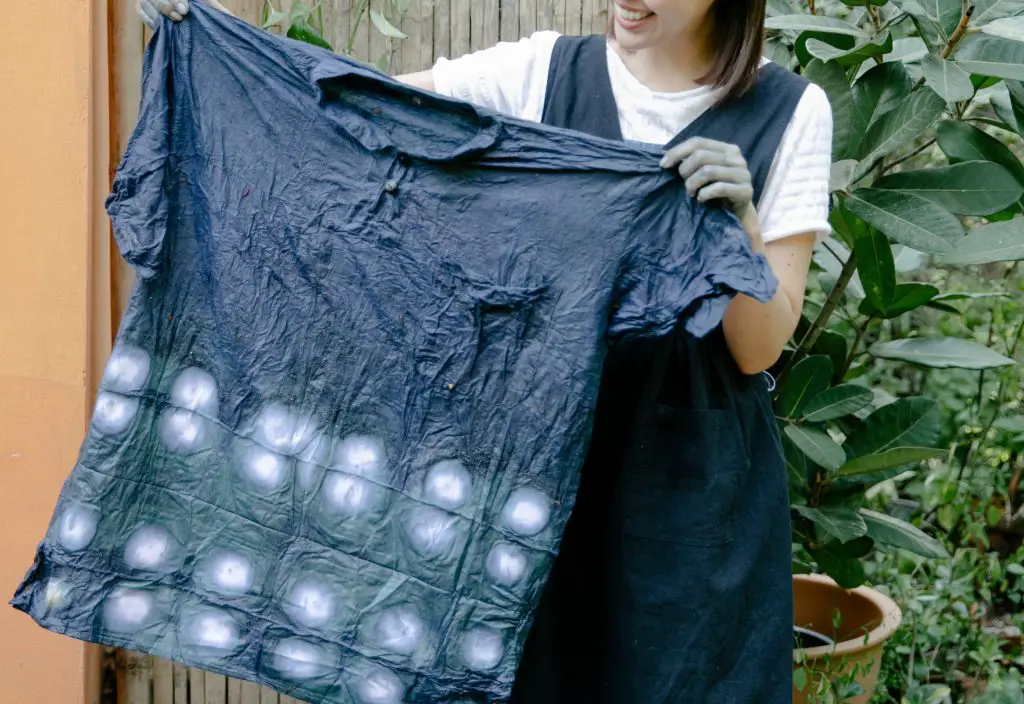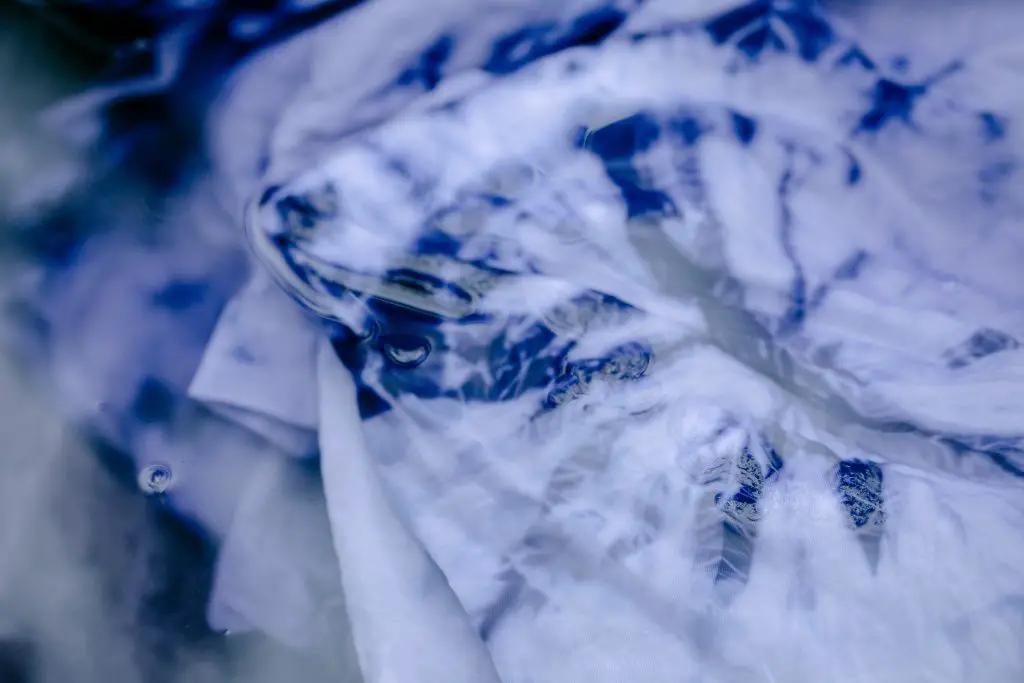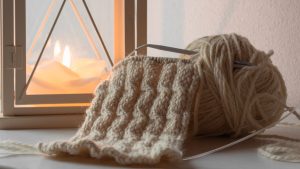Fabric dyeing is more than just dipping fabric into a solution and letting it dry. Don’t be fooled by its seemingly simple process, there’s a whole world of techniques and skills to master to become a true fabric dyeing pro
To excel in the art of fabric dyeing, it is essential to learn diverse designs, comprehend fabric and dye varieties, and perfect dyeing techniques. Achieving the desired fabric dyeing outcome requires the identification and utilization of appropriate dyeing methods, as well as the use of suitable tools and techniques.
The process of the art of fabric dyeing is intricate and requires patience, practice, and skill to attain perfection. Explore the intricate aspects of the art of fabric dyeing craft. Discover and absorb the intricacies that will elevate your dyeing skills. Are you prepared to dive in?
Contents
Successful Fabric Dyeing Project in 8 Easy Steps

1. Crafting a stunning design
With regard to the art of fabric dyeing, there are many amazing design ideas that you can try. The most common are tie-dye, shibori, and batik designs.
Tie-dyeing is a traditional technique that involves binding fabric in different ways before applying dye to produce an exclusive and vibrant design. Various patterns can be achieved, including swirls, stripes, and spirals.
While, with shibori, you need to fold, twist, and bind fabric before dyeing it to create beautiful and intricate patterns. You can experiment with different folding and binding techniques to create your own unique designs.
Batik dyeing is a traditional technique of the art of fabric dyeing that originated in Indonesia. It involves using hot wax to create a design or pattern on fabric before dyeing it. The wax acts as a resistance, preventing the dye from penetrating the areas that have been waxed. The waxed fabric is then dipped into a dye bath, and the dye only colours the areas that are not covered by the wax, resulting in a unique pattern.
With the art of fabric dyeing, creativity knows no limits! No matter what design you create, it’s bound to be fantastic because being unique is the name of the game.
2. Choosing a Fabric Dye Type
Fabric dyeing is an exceptional way to express creativity through fabrics, designs, and colours. Choosing the appropriate dye type is a vital aspect of this art. Prior to commencing your project, it is imperative to acquaint yourself with the distinct varieties of dyes and their respective attributes. The prevalent sorts incorporate fibre reactive, direct, and acid dyes.
Fibre-reactive dyes are the most versatile, making them an excellent choice for beginners. Ideal for natural fibres such as cotton, rayon, and linen, these dyes bond with the fabric molecules to produce durable and brighter colours.
Direct dyes are suitable for most fibres, including wool, cotton, and silk, and they have moderate colourfastness. These dyes are simple to use and require no elaborate processes, making them excellent choices for beginners.
Acid dyes are perfect for wool, silk, and nylon and produce vibrant and permanent colours. They require heat to set and must be used in a well-ventilated area due to fumes.
Understanding the properties of each type of fabric dye is significant to achieving the desired result for your project.
3. Preparing the Fabric
If you want your fabric dyeing project to be a success, take time to prepare your fabric. Otherwise, you will have uneven colouring or colour that fades quickly.
To start, always clean your fabric before dyeing it. Many fabrics come with a coating that prevents them from absorbing dye properly. Cleaning it in hot water and detergent will remove the coating and allow it to better absorb the dye. Then, consider pre-treating your fabric with a dye fixative to improve the colour fastness of your dye job.
Preparing your fabric properly is a fundamental aspect of mastering the art of fabric dyeing, and can make all the difference in the result of your project.
4. Testing the Dye
Testing the dye is a crucial stage in mastering the art of fabric dyeing. Prior to dyeing the entire fabric, it is imperative to test a small section in order to verify the colour, specifically when employing a novel dye or dyeing methodology.
Test the dye by dyeing a small or scrap piece of fabric and following the instructions. After drying, evaluate the colour and adjust the dye amount or duration if necessary.
Different fabrics may react variably to diverse dyes or techniques. Hence, it is crucial to conduct a test of the dye on the particular fabric you intend to utilize for your project. Such a test will help you circumvent expensive errors and attain the intended hue and impact for your fabric dyeing venture.
5. Apply the dye

After preparing your fabric and dye as instructed by the manufacturer, it’s time to apply the dye. Prior to beginning, ensure that you are wearing gloves and that your workspace is covered with plastic or a towel to avoid staining.
Submerge your fabric into the dye solution and stir continuously for approximately 15-30 minutes. Alternatively, if using a dye bath, soak your fabric for the same amount of time while gently agitating it every 5-10 minutes to ensure even colouring.
Note that the duration of fabric immersion in the dye directly affects the intensity of the resulting hue. Upon completion of the allotted time, meticulously extract the fabric and rinse it with cool water until the water runs clear.
And you’ve successfully mastered the art of fabric dyeing and can now showcase your unique and personalized creations!
You can start making personalized garments including shirts, pants, and jackets. You can also get into customized aprons for women, which can be a perfect gift for your loved ones. You can experiment with different colours, designs, and fabrics to create unique and eye-catching art of fabric dyeing.
6. Set the dye

To become an expert in the art of fabric dyeing, it’s crucial to learn the fundamental techniques employed by professionals, rather than simply sticking to the basics. One such technique is known as “setting the dye,” which entails ensuring that the dye attaches firmly to the fabric fibres, preventing it from fading or bleeding onto other fabrics if this step is disregarded.
Using a mordant is necessary to stabilize the dye. A mordant is a substance that chemically bonds with the dye. The type of mordant used will depend on the fabric and dye utilized. Popular mordants include salt, vinegar, and tannins sourced from plants. Visit this link for a list of common dye mordants.
Mastering the mordanting process is crucial in the art of fabric dyeing. Over-mordanting results in uneven patches in the dye while under-mordanting leads to faster fading. By perfecting the dye setting technique, you can become an expert in fabric dyeing and produce enduringly beautiful fabrics.
7. Rinse and Dry the Fabric
Upon completion of the dyeing process, it is crucial to meticulously rinse the fabric to eliminate superfluous dye that has not been assimilated by the fibres. This can be manually accomplished with cool water. After the fabric has been thoroughly rinsed and the water runs lucid, it can be tenderly wrung out to eliminate surplus moisture.
To maintain the appearance of the finished product, it is crucial to prevent twisting or pulling of the fabric, which can damage its fibres. Air drying by hanging or laying it flat on a tidy surface is recommended.
By following these steps, you can achieve consistently vibrant and evenly dyed masterpieces with the craft or art of fabric dyeing.
8. Store the dyed fabric properly
Fabric dyeing is an art that yields stunning and distinct outcomes. Nevertheless, to guarantee that your creations stay lively and durable, proper maintenance and storage are paramount. Rinse your fabric thoroughly after dyeing and clean it separately in cold water to eliminate any excess dye.
To store dyed fabric properly, keep in mind a few important tips. It is crucial to ensure that the fabric is completely dry before storing it, to prevent the growth of mould or mildew. Moreover, it is advisable to avoid storing the dyed fabric in areas with direct sunlight or high heat, as this can cause discolouration and fading.
Folding your fabric neatly and placing it in a labelled box or container can also help keep it organized and easy to find when you’re ready to use it again. With these guidelines and proper storage techniques, you can relish your coloured fabric artistry for an extended period.
Summary
After mastering the fundamentals of the art of fabric dyeing, explore advanced techniques such as tie-dye, shibori, and batik for exceptional and exclusive outcomes. It’s important to have patience and practice in order to achieve the desired result, but with time and dedication, the possibilities are unbelievable.
So pick up your dye, grab some fabric, and let your creativity soar in the art of fabric dyeing!






